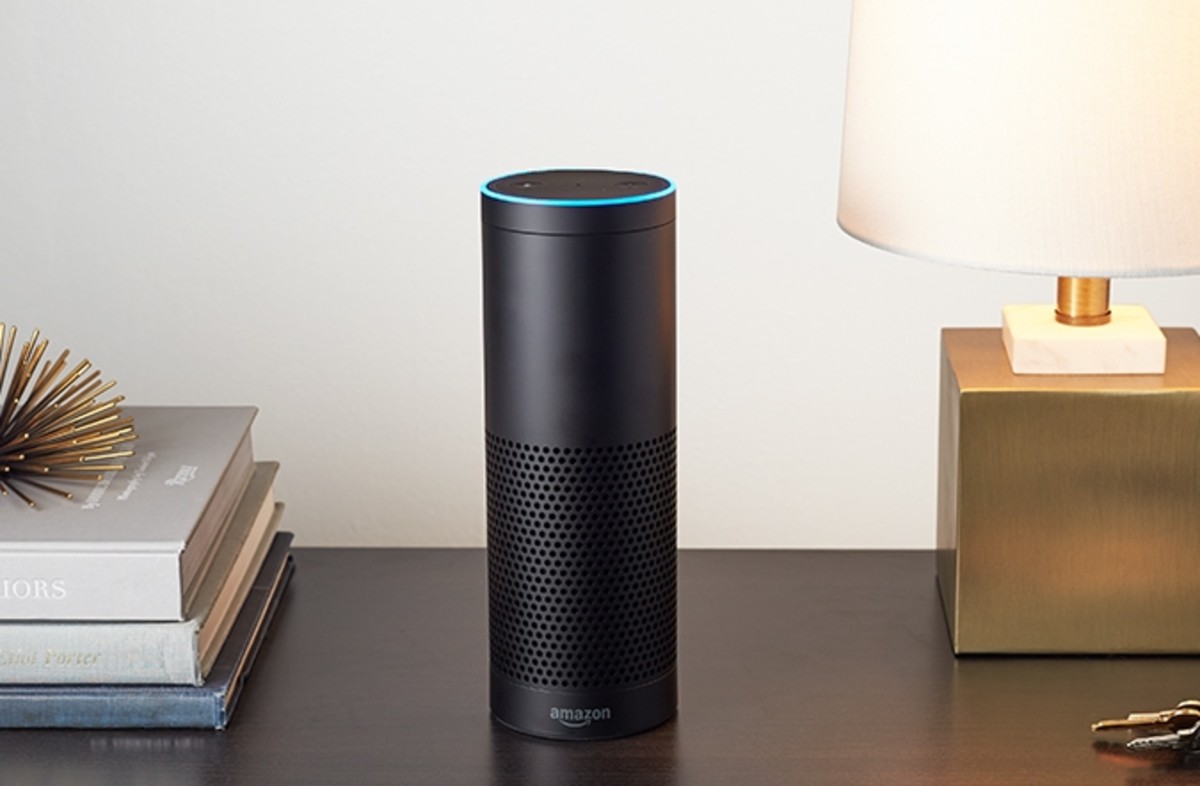

Voice shopping is already more than established in the digital environment. We’ve already commented in the past about how the trend of voice shopping would revolutionise the market, but this trend is now a reality that encompasses much more than one simple device. Voice shopping is going to change what we consider a normal way to use and interact with our devices today, making everything much more natural, efficient, and direct.
Now, the great challenge of eCommerce business and online sales platforms is to adapt themselves precisely to the demands that this new way of shopping will inherently bring with it.
How will the development of this new purchase option affect the eCommerce business plan? It will do so at different points that focus, above all, on making it easy for the user to find what they need.
These two rather simple statements are really linked to two concepts that should already be on the lips of all eCommerce managers: machine learning and SEO. How can you use each of these to adapt your eCommerce business to voice shopping?
Understand user searches intelligently
As this is the most technological part, it’s necessary to extract that which directly affects (or relates) to your eCommerce business from within. How do users search? What do they hope to find? How can you get ahead of the curve and predict their voice searches?
This is where machine learning makes a space for itself and makes it easier for both parties. You have to remember that this technology is already implemented by the tools used to make these voice queries including voice devices, such as Amazon Echo, and the voice search system in your smartphone. Siri, Alexa, Cortana, Bixby… All of these learn through artificial intelligence day after day using search patterns, expected results, and the subsequent user actions.
Technically, we’re talking about NLP (neuro-linguistic programming) and Text-to-Speech (TTS) here, which are the two factors that offer the possibility of learning on the part of the system that voice search devices incorporate.
With the constant developments in this set of variables, voice searches have taken advantage of a new parameter: the user’s location. Knowing where a potential customer is, where they move, and what places they visit most frequently is of increasing value in online sales. In the case of voice shopping, it wasn’t going to be any different. An eCommerce business has to find a way to be the third party in this equation, so that it can appear prominent in terms of the location, time, and search being carried out by a potential client.
How to position voice searches using SEO
We already know that organic positioning in search engines is a key factor for any eCommerce business nowadays. The fact is that using SEO in product listings is one of the top techniques to increase sales revenue.
In this case, adapting your SEO to voice shopping is nothing more than including all of the terms and formulas that favour natural language in your eCommerce strategy. The content should be optimised to respond clearly and concisely to the searches made by users. Obviously, there’s a part that depends on the total development of a machine learning so fine-tuned that it can relate search concepts and intentions without using exact, concrete words. However, in the meantime, it’s a good idea to take this naturalness into account to bring yourself as close as possible to your new target audience.
How can an eCommerce business expect to stand out within these new searches? Here, the key lies in identifying the type of results expected. It’s essential to understand the process that will cause the system to return the best response for the user. Is it in the form of a snippet? Or maybe highlighted within an app? Is it a direct search within Google – as if it were a written query? There is nothing more than trial and error left to check what works for the competition and to analyse in what ways improvements can be made.
Naturalness and personalisation will be the real key to success in terms of voice searches that are focused on achieving sales. The devices and their recognition systems are on the way to implementing more technology that will continuously bring them closer and closer to reality. Even though there’s nothing in writing yet and the rules will continue being created until these new patterns are developed, you’ll simply have to make use of some resources and a little bit of cunning to keep ahead of the rest.

Find out how Minderest can take your business to the next level.
Contact our pricing experts to see the platform in action.
Related Articles

AI Agents and Holiday Season: How to Adapt Your Pricing Strategy
Holiday season planning used to revolve around creative campaigns, emotional storytelling, and optimizing the user experience. However, a silent revolution is changing the rules of the game. The rise...
How Surveillance Pricing Works and Its Applications for Your Business
The term "Surveillance Pricing" might conjure images of corporate espionage and price manipulation. However, this initial perception hides one of the most sophisticated and powerful strategies in...